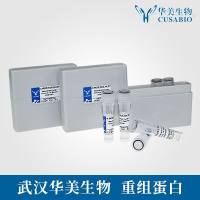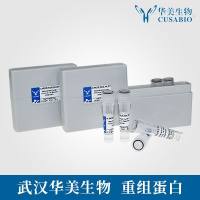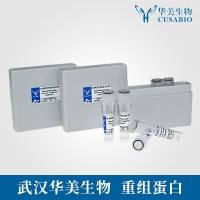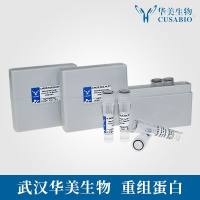Transport Studies Using Membrane Vesicles
互联网
互联网
相关产品推荐

fadL/fadL蛋白Recombinant Escherichia coli O157:H7 Long-chain fatty acid transport protein (fadL)重组蛋白Outer membrane FadL protein Outer membrane flp protein蛋白
¥2328

IL-5R alpha重组蛋白|Recombinant Human IL-5R alpha Protein (Membrane-bound, His Tag)
¥3480

Recombinant-Saccharomyces-cerevisiae-ER-derived-vesicles-protein-ERV14ERV14ER-derived vesicles protein ERV14
¥9996

YPT1/YPT1蛋白Recombinant Saccharomyces cerevisiae GTP-binding protein YPT1 (YPT1)重组蛋白Protein YP2 Rab GTPase YPT1 Transport GTPase YPT1蛋白
¥2328

Recombinant-Inner-membrane-transport-permease-ybhSybhSInner membrane transport permease ybhS
¥12138

